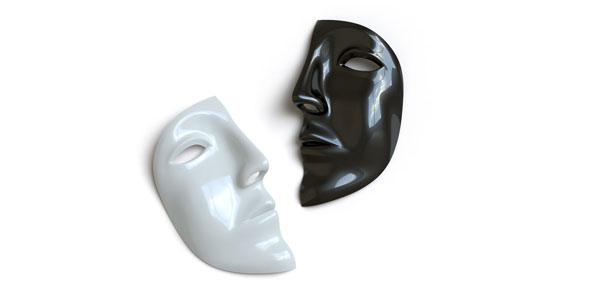Related Flashcards
Related Topics
Cards In This Set
| Front | Back |
|
Treatments
|
Transplant, Dialysis or no treatment
|
|
Transplant
|
Kidney from a blood relative (living donor)
Non related living donor
A deceased donor from the national transplant list (UNOS)
|
|
UNOS
|
United Network for Organ Sharing
|
|
Transplant outcomes
|
Transplant is not a cure, it is another form of treatment. May last 5,10,20 years or it may not work at all.
|
|
Problems after transplant
|
Rejection by the bodys immune system sees the transplant as foreign and attacks it (to lower chance of this, pts take immunosuppressant drugs)
|
|
Immunosuppressant drugs
|
Have side effects that may include weight gain, high bp, and increased risk of infection, diabetes, and certain kinds of cancer.
|
|
Transplant statistics
|
Each year 100,000 people reach kidney failure and 15,000 kidney transplants are done.
Severe shortage of donors means long waits for transplant.
|
|
Kidney
|
Removes all excess fluid each day
Removes waste products each day
Controls electrolyte and acid/base balance
Controls bp by fluid removal, sodium balance and hormonal action
Make erythropoietin
Controls ca/phos balance each day
Plays a role in hormonal balance
Activates vit d
|
|
Dialysis
|
Removes some fluid on treatment days
Removes some wastes on treatment days
Helps restore electrolyte and acid/base balance
Helps control bp by removing fluid and balancing sodium on treatment days
Cant make erythropoietin
Can change serum ca levels somewhat by adjusting calcium in dialysate, can remove some phos but not as well as kidneys
Has little, if any affect on hormones
Cannot active vit d
|
|
Peritoneal Dialysis
|
Uses part of the pts own body as a filter-the membrane inside the abdomen called the peritoneum. This lining is full of capillary blood vessels, each of which acts as a tiny filter.
|
|
PD Access
|
A plastic catheter placed into the abdomen or in a moe round about way in the chest wall (presternal catheter).
Some pts cannot have PD due to the inability to put this access in due to body type, scarring, or adhesions from surgery.
|
|
PD treatments
|
Can be done alone, at home or at work allowing pts to fit their treatments into their lives, instead of fitting their lives around dialysis
|
|
Pros for PD
|
Allows fewer fluid and diet limits than in center HD
|
|
Cons for PD
|
Painful infection called peritonitis which can scar the peritoneum, making pd impossible.
Must store a months supply of fluid bags
|
|
Over time on PD
|
Peritoneum may lose some ability to filter so may need to switch to HD
|






